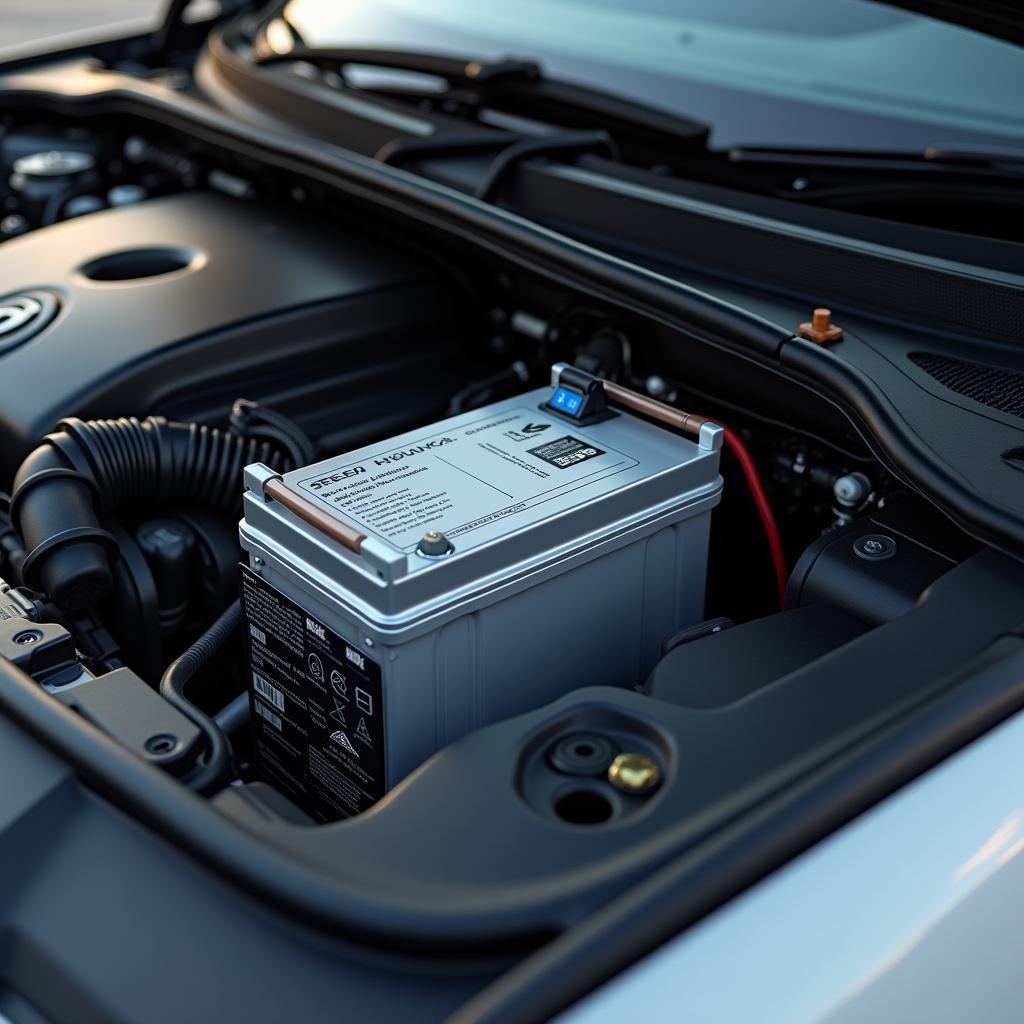Every car owner knows the scenario: the battery fails, and the car won’t start. Especially in modern vehicles with start-stop systems and numerous electrical consumers, a reliable battery is more critical than ever. But what if it’s a lithium-ion battery? These high-performance energy storage devices require a specific charging curve to ensure their full lifespan.
What Does Lithium-Ion Battery Charging Correction Mean?
“Lithium-Ion Battery Charging Correction” might sound complicated at first, but it describes an essential process: the optimal charging of your lithium-ion battery. Unlike conventional lead-acid batteries, Li-ion batteries require precise control of the charging current and voltage.
“You can think of it like filling a glass of water,” explains Dr. Ing. Markus Schmidt, a battery expert at the Technical University of Munich. “If you pour too quickly, the water overflows. If you charge a lithium-ion battery with too high a current, it can lead to damage and drastically reduce its lifespan.”
The Charging Phases of a Lithium-Ion Battery
The charging correction of a lithium-ion battery usually occurs in several phases:
Phase 1: Pre-charge
If the battery is deeply discharged, charging begins with a low current to protect the cells.
Phase 2: Constant Current Charging
In this phase, the charging current is kept constant while the voltage continuously increases. The majority of the energy is fed into the battery here.
Phase 3: Constant Voltage Charging
As the battery approaches full charge, the voltage is kept constant while the charging current is slowly reduced.
Phase 4: Trickle Charge (optional)
Once the battery is fully charged, a trickle charge can be applied to compensate for self-discharge.
Why is Charging Correction So Important?
Adhering to the correct charging curve is crucial for the lifespan and performance of your lithium-ion battery.
- Extending Lifespan: Correct charging prevents overloading the cells, thus extending the battery’s lifespan.
- Maintaining Capacity: Proper charging preserves the battery’s full capacity and ensures maximum performance.
- Avoiding Damage: Incorrect charging correction can lead to overheating, cell damage, and in the worst case, even fires.
 Lithium-ion car battery in a modern vehicle engine bay
Lithium-ion car battery in a modern vehicle engine bay
How Do I Recognize the Correct Charging Correction?
Modern chargers for lithium-ion batteries have integrated microprocessors that automatically control the charging correction. When buying a charger, pay attention to compatibility with lithium-ion batteries and the corresponding safety features.
Further Questions About Lithium-Ion Battery Charging Correction:
- How long does it take to charge a lithium-ion battery?
- Can I charge my lithium-ion battery overnight?
- Which chargers are suitable for charging correction?
You can find the answers to these and other questions in our advice section.
Our Service for You
Do you have questions about the charging correction of your lithium-ion battery or need assistance in choosing the right charger? Our experts at AutoRepairAid are here to help you with advice and assistance. Contact us today!

